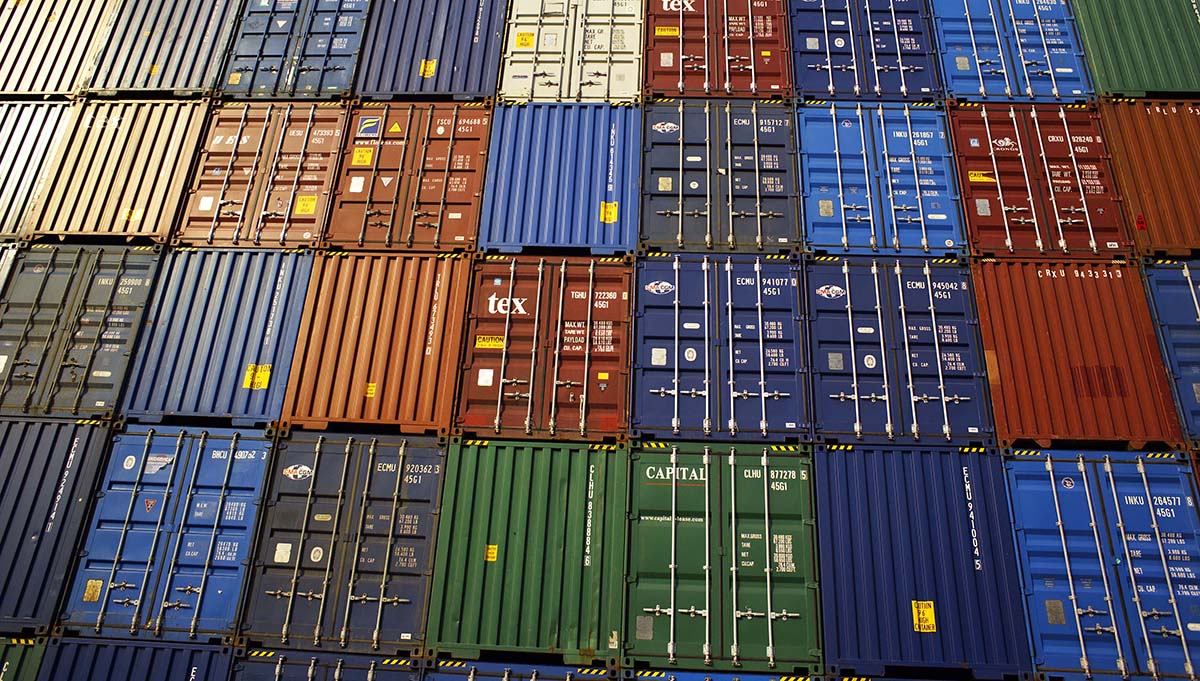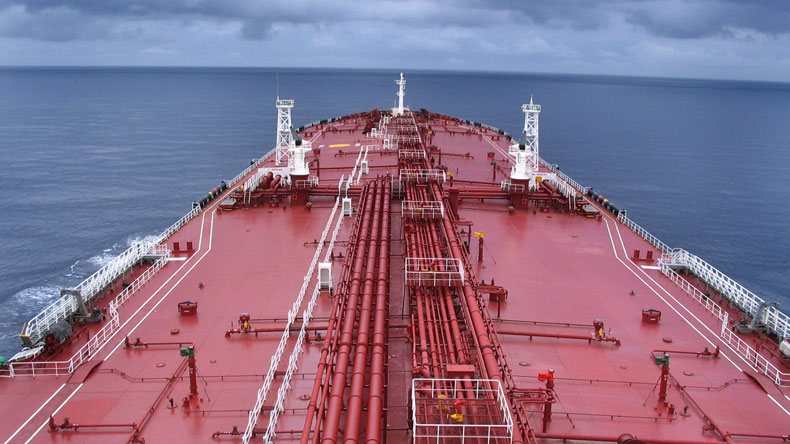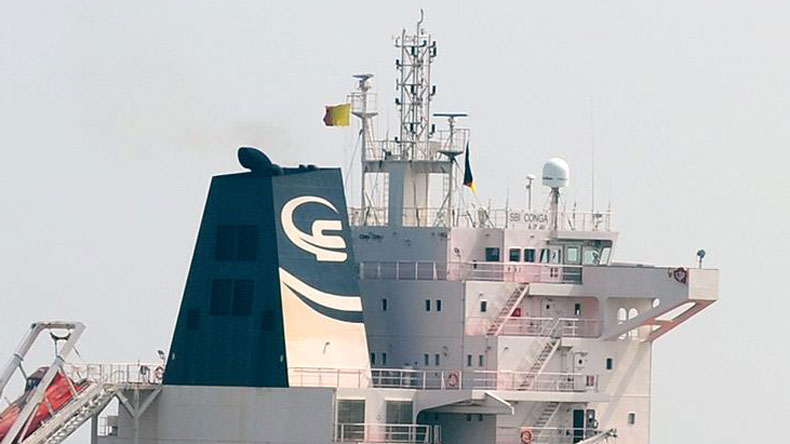Weekly Briefing: Carriers return more ships to service; US sanctions Iran oil entities
An ongoing equipment shortage in China is pushing up pick-up costs in major ports, and rollovers are continuing to provide headaches for shippers trying to find slots for their containers
Record weekly capacity is expected on some container trade lanes in the fourth quarter of 2020 as demand for goods continues to outstrip previous expectations. Meanwhile, Italy provides the first indication of a faltering oil market recovery in Europe
THIS weekly briefing provides sector-by-sector coverage of the biggest news and analysis in shipping.
Follow the links within the text to the relevant news items in each market segment.
Containers
Container lines continue to add capacity back into the market, with the fourth quarter set to see record weekly capacity on some trade lanes.
The moves by carriers to return idle ships to service and reinstate previously blanked sailings are driven by a demand for goods that has outstripped all expectations this year.
The US, in particular, has seen demand for consumer goods surge in recent months, despite the emerging second wave of the Covid-19 pandemic.
There are various rationales for this. Initially, importers cut inventory because in the early stages of the pandemic, supply from China was affected. Fearing lower demand, they let stocks run down. But the summer rebound in spending caught them off-guard and needing to replenish stock in haste.
Consumer habits have also changed. Unable to spend on services such as holidays, entertainment and dining out, cash has been diverted to household goods, IT equipment, clothing and other containerised products.
This has been a boon for carriers as demand has lifted rates. Orient Overseas Container Line, the first of the major lines to report third-quarter results, saw both volumes and revenues surge during the period.
While this is great for the container lines, it is not so good for their customers, which continue to struggle with both higher costs and tighter availability.
An ongoing equipment shortage in China is pushing up pick-up costs in a number of major ports, and rollovers are continuing to provide headaches for shippers trying to find slots for their containers. Delays caused by rollovers can easily escalate up to two weeks.
The carriers’ financial success this year is also raising questions over the amount of state support they are receiving, either directly or through “hidden subsidies”. The International Transport Forum has identified $10bn of state aid being given to shipping during the pandemic. But it adds that the costs of expanding ports to accommodate the larger ships carriers use to reduce their slot costs should also be factored in.
Shipbuilding is one area that has been the beneficiary of state aid, and lower yard prices could soon tempt owners and operators back into the market.
But despite the risk of bringing in more capacity at a time when carriers are finally making some money, now is probably a good time to be negotiating for new tonnage.
With the orderbook at record lows, and with volumes likely to return by the time the ships enter service, adding enough new ships for a string or two while costs are low could be smart thinking.
Read more in our special Containers section
Tankers
Italy is providing a first indication of how a second wave of coronavirus spreading across Europe has affected transport fuel consumption to stall any regional oil recovery.
Earnings for product tankers involved in Mediterranean, northern Europe and cross-Atlantic trades have fallen on the back of reduced shipments, barely covering operating expenses on key routes for the past two months.
Owners and operators are closely watching demand numbers in key European consuming countries to see whether the size and scale of any demand downturn matches the 33% drop in March and April.
Italy’s demand for gasoline was 21.3% lower in September than the year-ago period, while diesel used for transport was down 18.1%, according to government data.
The figures signal a very slow recovery for land transport fuels in northern Europe and the UK, with numbers likely repeated across other major economies also suffering from a second-wave coronavirus outbreak.
The United States has imposed more sanctions on Iran, this time targeting the National Iranian Oil Company, National Iranian Tanker Company and Iran’s Ministry of Petroleum and various individuals and entities linked to them.
The US Department of the Treasury’s Office of Foreign Assets Control said that it was designating the ministry, NIOC, and NITC for their financial support to Iran’s Islamic Revolutionary Guard Corps-Qods Force.
Ofac added that in the spring of 2019 an IRGC-QF-led network employed more than a dozen NITC vessels to transport nearly 10m barrels of crude oil, mostly destined for the Assad regime in Syria.
Noting that all these shipments amounted to sales of more than $500m, Ofac said that the latest action targets those who supply and transport the oil that generates revenue for the IRGC-QF.
The Tanzanian registry has removed four flag-hopping tankers detected shipping sanctioned Iranian cargoes.
The quartet includes vessels that joined just weeks ago after being de-flagged by another maritime administration.
The four tankers are 2003-built very large crude carrier Anahi (IMO 9273337), 1999-built aframaxes Xenia S (IMO 9165542) and Elisa Sea (IMO 9199828), and 1996 product tanker Simba (IMO 8617055).
Most have changed names, flags and ownership at least three or four times this year, data from Lloyd’s List Intelligence show.
Eastern Pacific, the Singapore-based shipmanagement company, will build and operate four 98,000 cu m very large ethane carriers for a Chinese petrochemical company that is about to start shipping regular cargoes of the refrigerated gas from the US Gulf.
The 15-year deal with Zhejiang Satellite Petrochemical underscores China’s rising dominance in US ethane export trades. Zhejiang Satellite Petrochemical is poised to ship its first cargo from the newly constructed 175,000 barrels per day Orbit Ethane Export Terminal, at Nederland, Texas, in November.
Read more in our special Tankers & Gas section
Dry Bulk
The big news to hit the dry bulk market this week has been the definitive exit of Scorpio Bulkers from the space as it focuses solely on the offshore wind sector.
While it had been saying it would stay committed to dry bulk at the time of its announcement about transitioning to wind, management has now spoken about disposing of all its bulkers, although a time frame for this had not been released.
The company hopes to sign a newbuilding contract with Daewoo Shipbuilding and Engineering for a wind turbine installation vessel and crane for a total cost of up to $290m, which is expected to be delivered in 2023, which should provide more clarity. So far, Scorpio has sold eight bulkers for a total consideration of $143m.
Safe Bulkers has agreed to acquire a newbuilding kamsarmax being built at a Japanese yard for delivery in the first half of 2022. The company has also agreed a sale and leaseback deal for 10 years with an unidentified party.
In an all-Danish partnership, Falcon Maritime, active in the handysize segment, has joined Dania Ship Management, which was formed in 2017 with V. Group, and later joined by Clipper Group.
While the capesize index fell 26% over the week to October 23, participants remained optimistic that iron ore shipments from Brazil and Australia would lift the market. China’s economic growth was having a positive spillover effect on commodity prices which was encouraging for dry bulk freight rates.
Finally, a strong start to the US soyabean export season is also supporting dry bulk freight, according to shipping association BIMCO.
In the first seven weeks of the US marketing year, which starts in September and runs through to end-August, the US exported 11.4m tonnes of soyabeans, of which 8.2m tonnes was shipped to China. The volumes are higher than the previous year thanks to the Phase One trade agreement signed between the two nations.
Read more in our special Dry Bulk section




